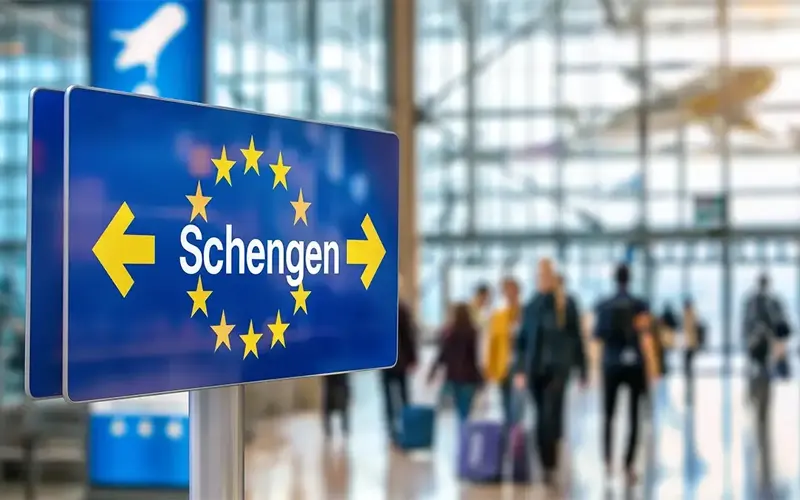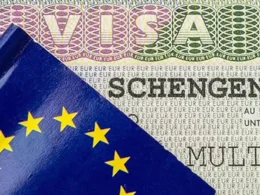In a major shift for international travel, European Union countries are set to implement a new entry system aimed at enhancing border security and streamlining immigration procedures.
The system, known as the Entry/Exit System (EES), will electronically track non-EU travelers entering and leaving the Schengen Area, replacing the traditional passport stamping process.
Starting October 2025, travelers heading to Europe will experience a major change at airports. The European Union (EU) will officially implement the Entry/Exit System (EES) in all Schengen zone countries, replacing traditional passport stamps with biometric checks.
The new digital system aims to enhance border security and improve travel efficiency. Countries implementing the EES include France, Germany, Italy, Denmark, Greece, and others within the Schengen region.
What is EES?
The Entry/Exit System is a digital border management system that will electronically record the movement of all non-European travelers entering and exiting the Schengen area. Under the system, the following information will be collected:
• Date and place of entry and exit
• Length of stay
• Biometric data including fingerprints and facial scans
This data will be stored for up to three years and shared among EU immigration and security authorities.
READ: Spain introduces cheapest visa for non-Europeans
Biometric Scanning Replaces Passport Stamping
Travelers from outside the EU — including those with visa-free access — will no longer receive passport stamps. Instead, they must undergo fingerprinting and facial recognition scans. This includes all short-stay visitors (up to 90 days), while EU citizens and Schengen residents are exempt.
Goals of the New System
According to EU officials, the EES will:
- Speed up airport immigration lines
- Detect overstays more efficiently
- Strengthen internal security
- Reduce paperwork and manual checks
Airports are currently being upgraded with biometric equipment, and staff training is underway across Europe to prepare for full-scale implementation.
This move is part of the EU’s broader plan to introduce digital border control systems to modernize international travel and boost safety.











